If you fall down due to a sudden runny nose, headache, and sore throat, it is understandable that you may feel panic and assume that you have COVID-19, especially if this condition continues to rise, but with the Grasses become rampant and moldy leaf spores seep into the air, and your fall allergies may also start to cause many cold and COVID symptoms.
Due to the continuous spread of the new coronavirus, if you experience any symptoms related to COVID-19, it is best to have a doctor check it just in case.
This is what you should know about autumn allergy symptoms and how to stay healthy.
What are the symptoms of autumn allergy?
Itchy or inflamed eyes
Runny or stuffy nose
sneeze
headache
Skin rash or hives
Itchy throat
Severe asthma symptoms, including coughing or wheezing
In severe cases, breathing difficulties or allergic reactions
Autumn allergy symptoms overlap with the common cold, flu or COVID-19. An important factor in allergies: they do not cause fever.
Mold becomes a bigger problem
Nothing is more impressive than the piles of leaves falling in autumn. But once the leaves begin to rot, it will become a breeding ground for mold. In people with mold allergies, the breathing of the spores can exacerbate asthma and cause breathing difficulties, wheezing, and other upper respiratory symptoms.
These fungi are very active both indoors and outdoors. They thrive in indoor humid areas such as basements, bathrooms, and kitchens.
Unlike pollen, molds are not killed by frost, but in winter, they do enter a dormant period. ALORAIR recommends using a dehumidifier in the house, especially the basement. The air humidity should be between 35% and 50%. Use vinegar or a store-bought anti-mold agent to clean the bathroom and kitchen regularly to avoid mold.
Some behaviors that make allergies worse in autumn
You are enjoying outdoor activities.
as you wish! There is no better way to enjoy the beauty of autumn than a morning hike. However, if you are a seasonal allergy sufferer, any time spent outdoors can arouse symptoms. You don’t have to go in forever, but you have to reconsider your timing.
You come in from outside.
Mold spores and pollen can adhere to everything, including hair, skin, and clothing. You may not even realize that you are doing this, but you are likely to track the stimulus into the house.
How to reduce allergy risk
Use the following tips to minimize the risk:
✔When you are raking leaves outdoors, please wear a mask to prevent the inhalation of mold spores.
✔Throw the clothes into the washing machine, then go straight to the shower when you are riding a bicycle or gardening.
✔Brush or wipe pets after walking. Pollen can hitchhike to your home, or on your sofa, bed, or any other place you like to hang out.
✔Put your shoes outside. Forget about the dirt-you may traverse pollen and mold throughout the house. No outside area? Put them in a separate closet.
✔Close the window. Make sure to do this on days with high winds or high pollen counts, especially when you live near busy roads. Can’t stand the lack of fresh air? ALORAIR provides air scrubbers that filter dust, pollen, and soot in exhaust gas so that you can enjoy the breeze in the continuous autumn breeze.
Tips for fighting fall allergies
As the number of days gets shorter and the temperature drops, we also close the windows and spend more time indoors, exposing ourselves to indoor allergens such as dust mites and indoor mold. However, even if you suffer from severe autumn allergies, you can usually control your symptoms and resume your inner and outer life. These anti-seasonal allergy tips can help you:
- Check the pollen level. If pollen levels are high in your area, it is best to limit your outdoor activities, especially in the morning when the pollen count is highest. Instead, if possible, keep your activities for a few days to minimize your exposure to allergens during those days.
- Wear protective clothing. If you have to go out, please wear long sleeves, pants, hats, and sunglasses so that the pollen does not get on the skin, hair, and eyes.
- Remove pollen. One of the best ways to reduce allergen exposure is to wash the pollen from the skin and hair as soon as possible after spending outdoors. You should also change your shoes before entering the house and change your clothes inside the front door to reduce the amount of pollen and other allergens that may be brought into the house.
- Avoid hanging clothes to dry outdoors. Laundry is a magnet of pollen, which will eventually be spread indoors and on you through clothes and bedding.
- Buy a dehumidifier. You may have heard that a humidifier can help you breathe, but if you are sensitive to dust or mold, a dehumidifier may actually be better. Dust mites and mold can thrive in humid environments. Using the ALORAIR Sentinel HDi90 dehumidifier to keep the humidity in the house low can help prevent mold growth.
- Consider installing high-efficiency particulate air (HEPA) filter equipment. Especially during the peak season, so you can breathe better pure air while sleeping. AlorAir Cleanshield HEPA 550 air scrubber is equipped with a pre-filter and HEPA filter, which is your best equipment for filtering the air. Just remember to change the filter regularly.







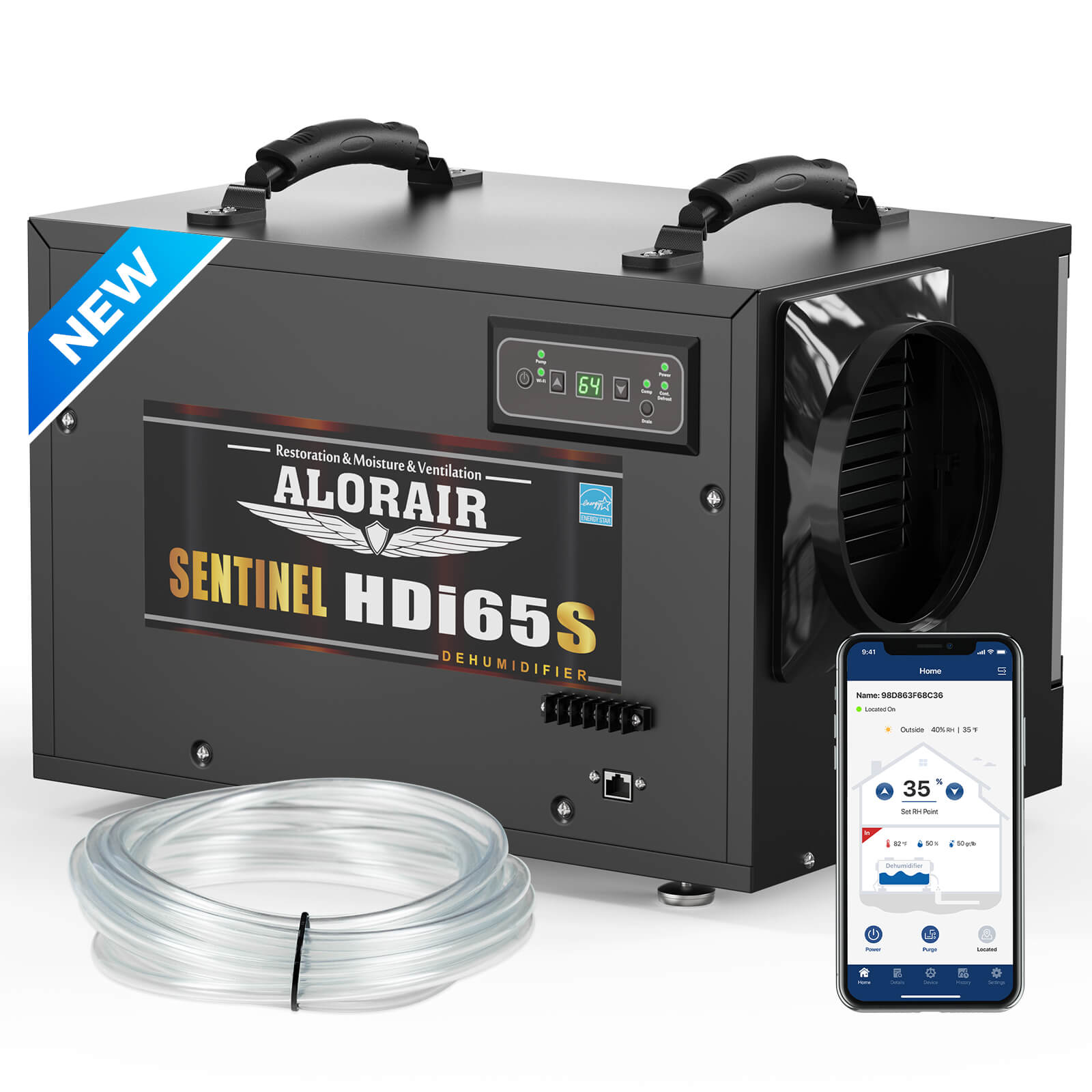
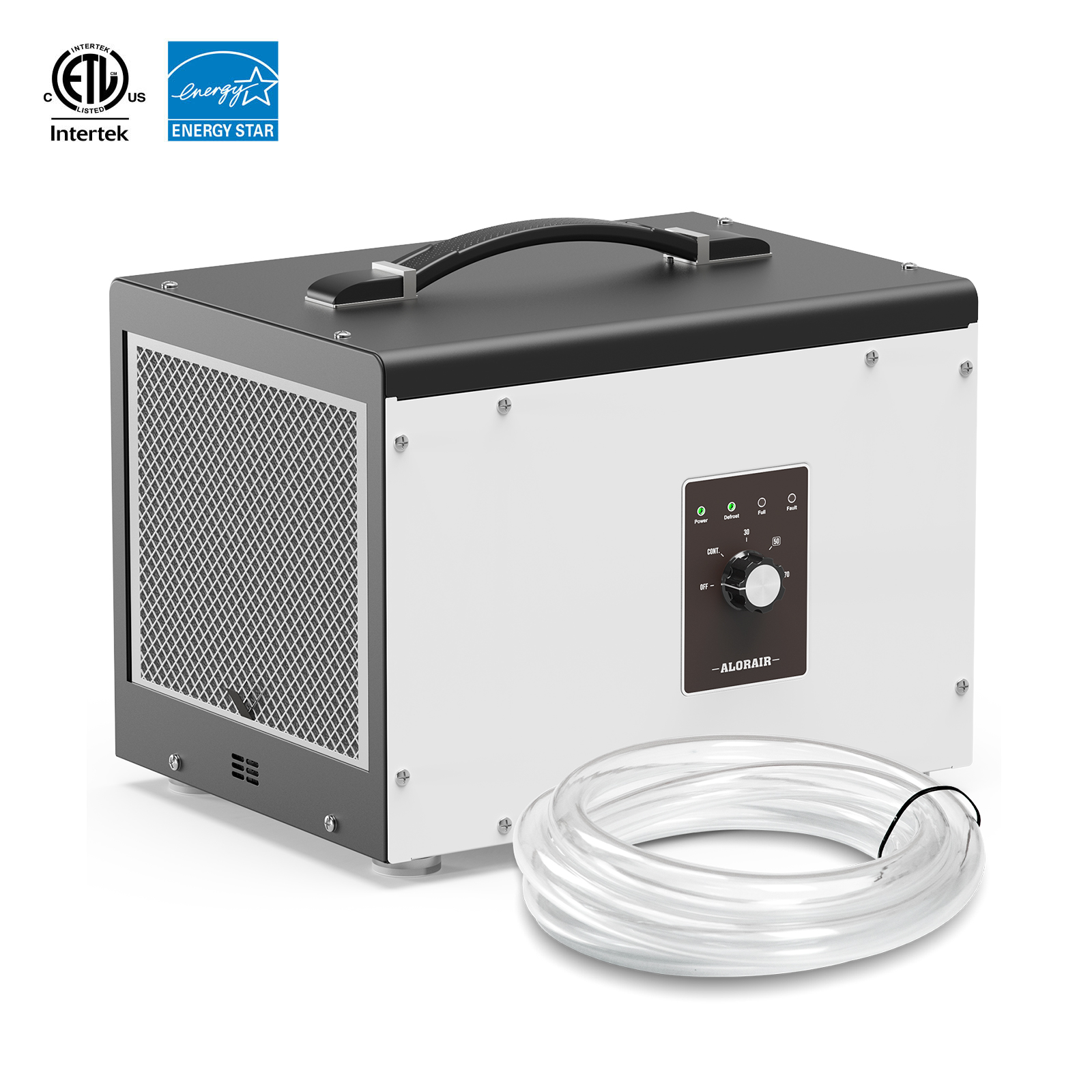
.jpg)
.jpg)

.jpg)

.HDi90.png)
.HD90.png)



.jpg)
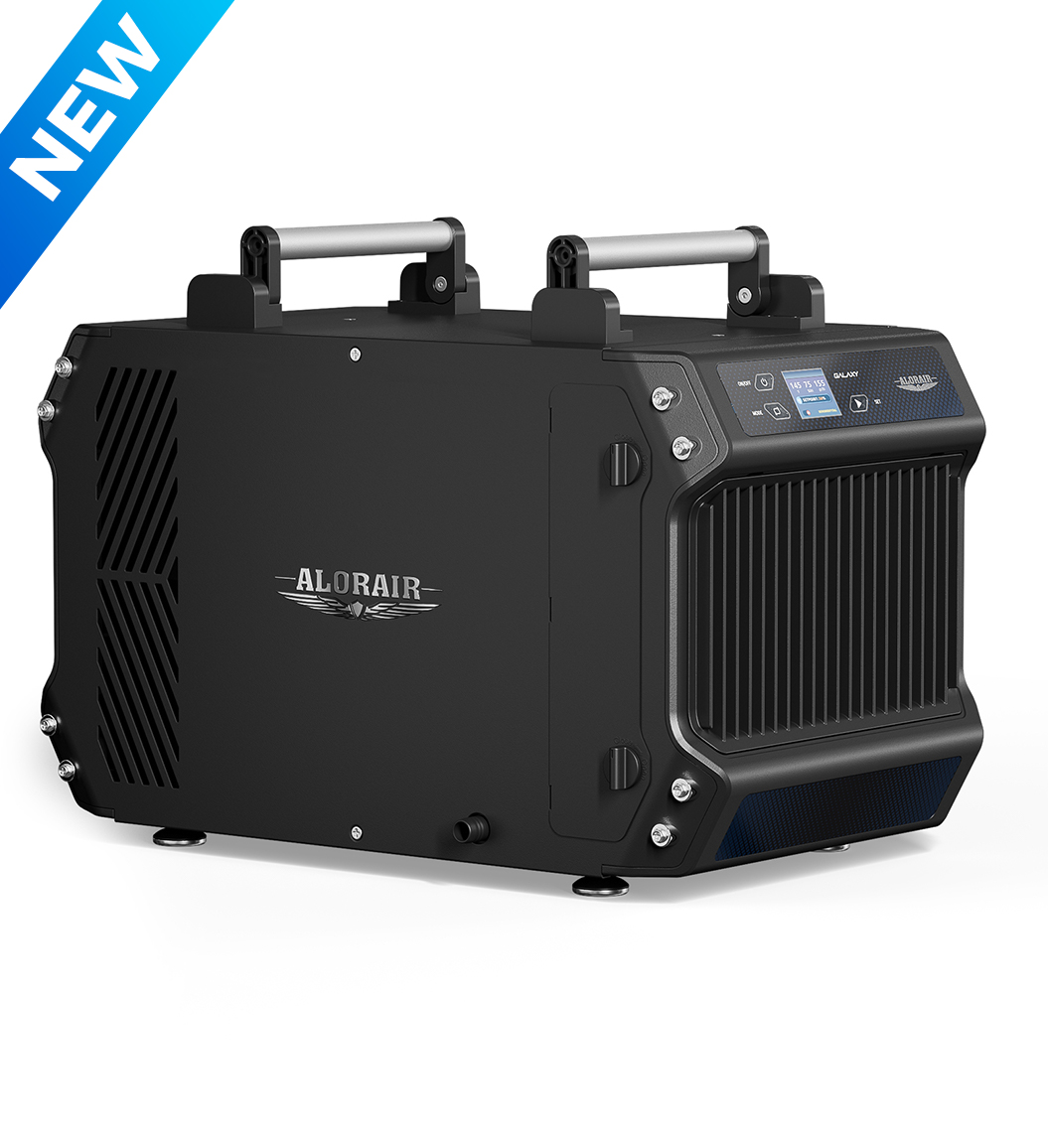
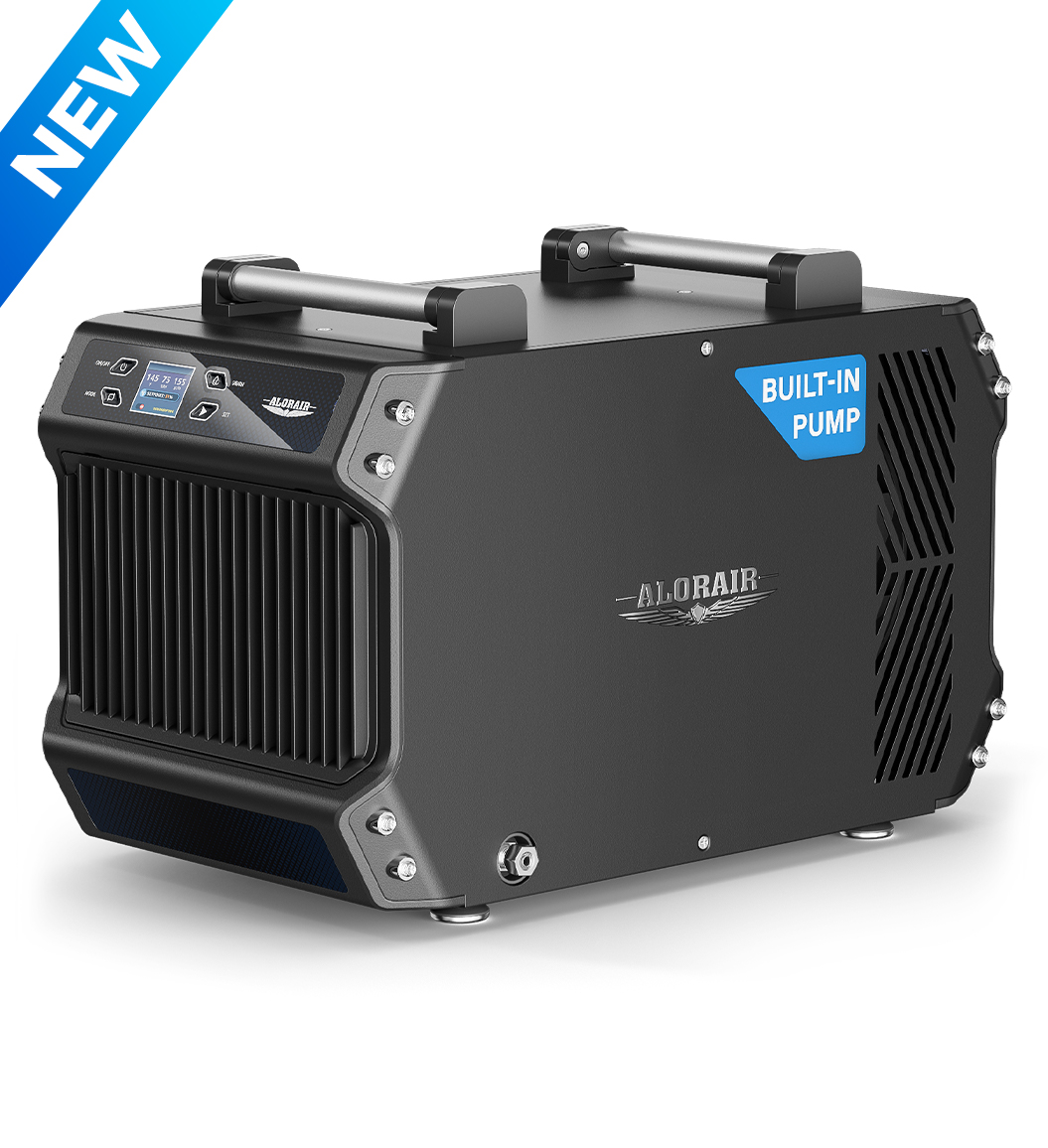




.jpg)
.jpg)
.jpg)
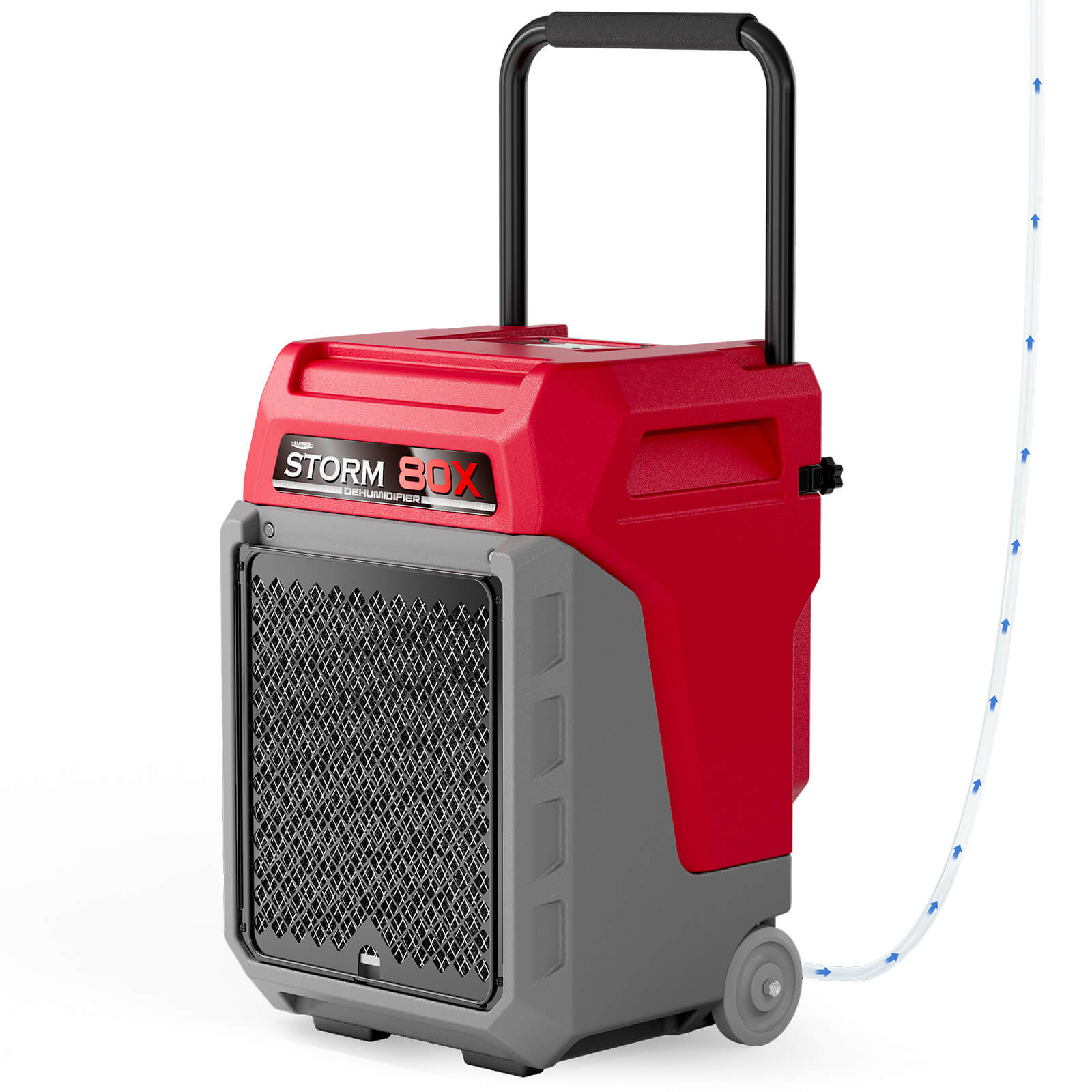


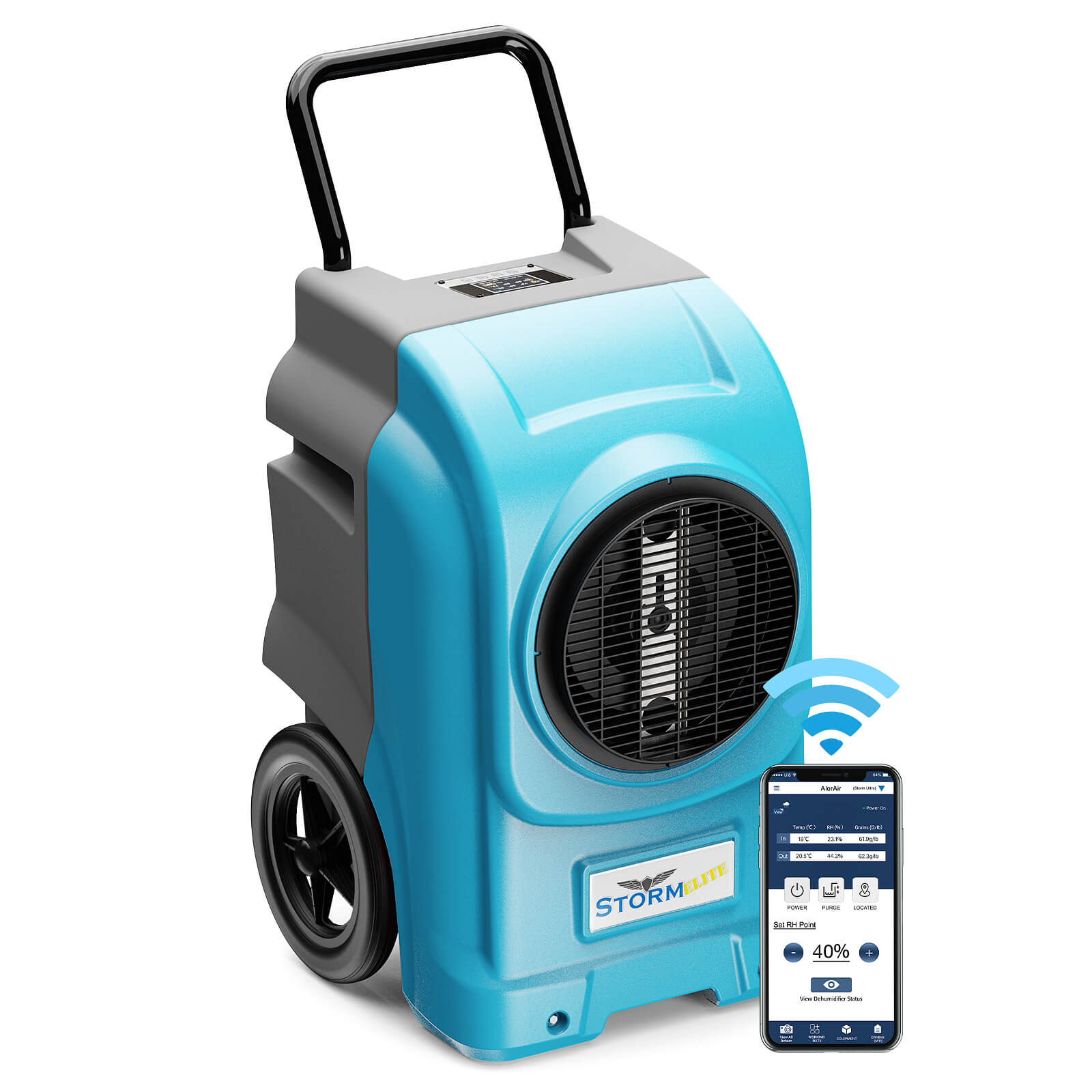

.jpg)
.jpg)

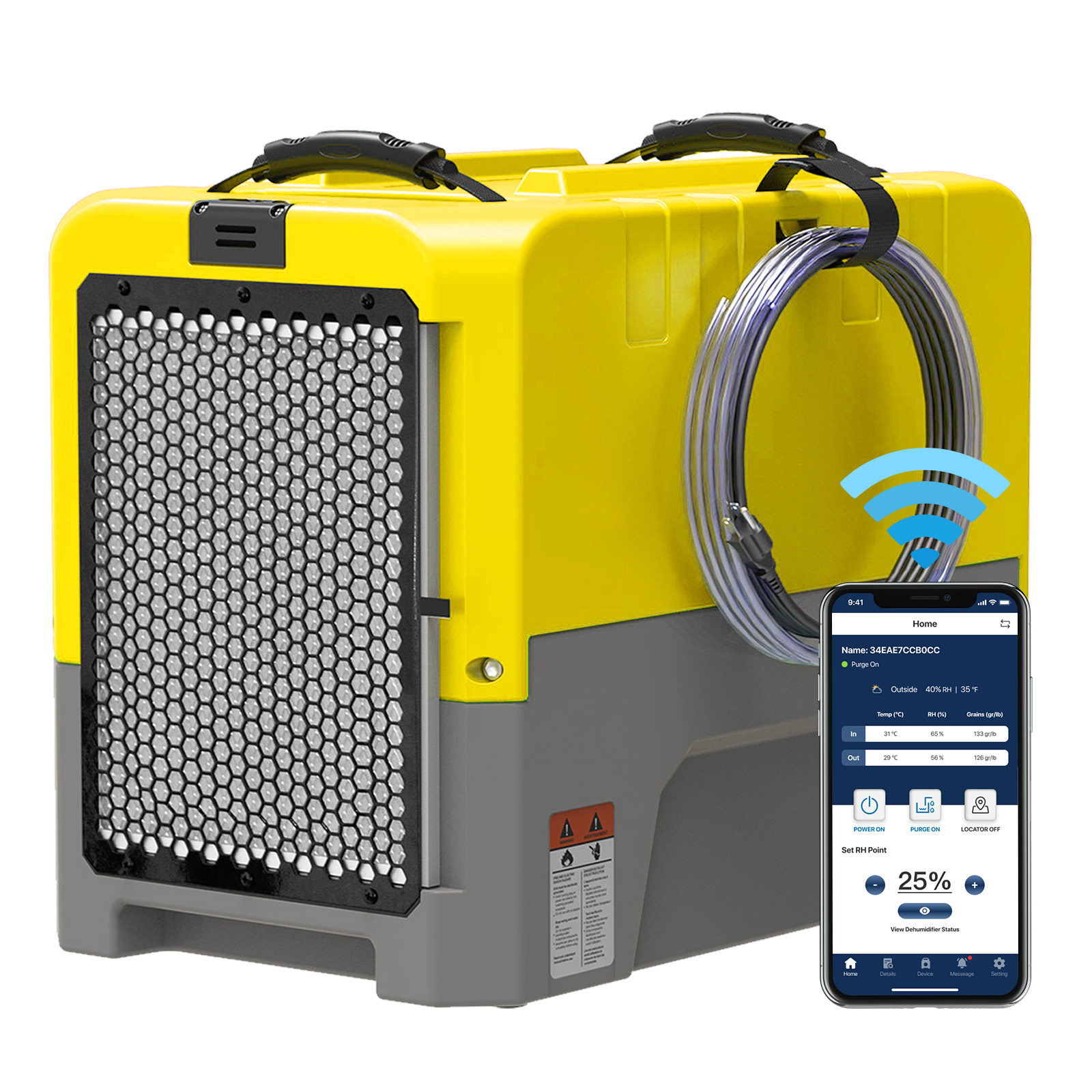








.jpg)
.jpg)








.jpg)
.jpg)










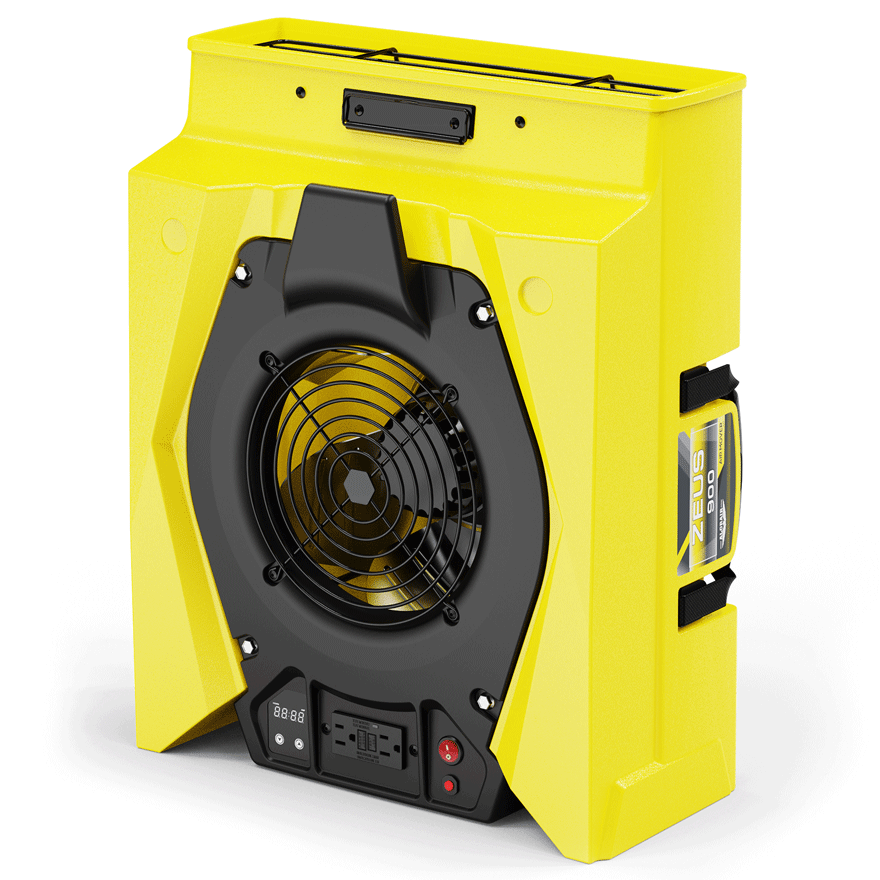
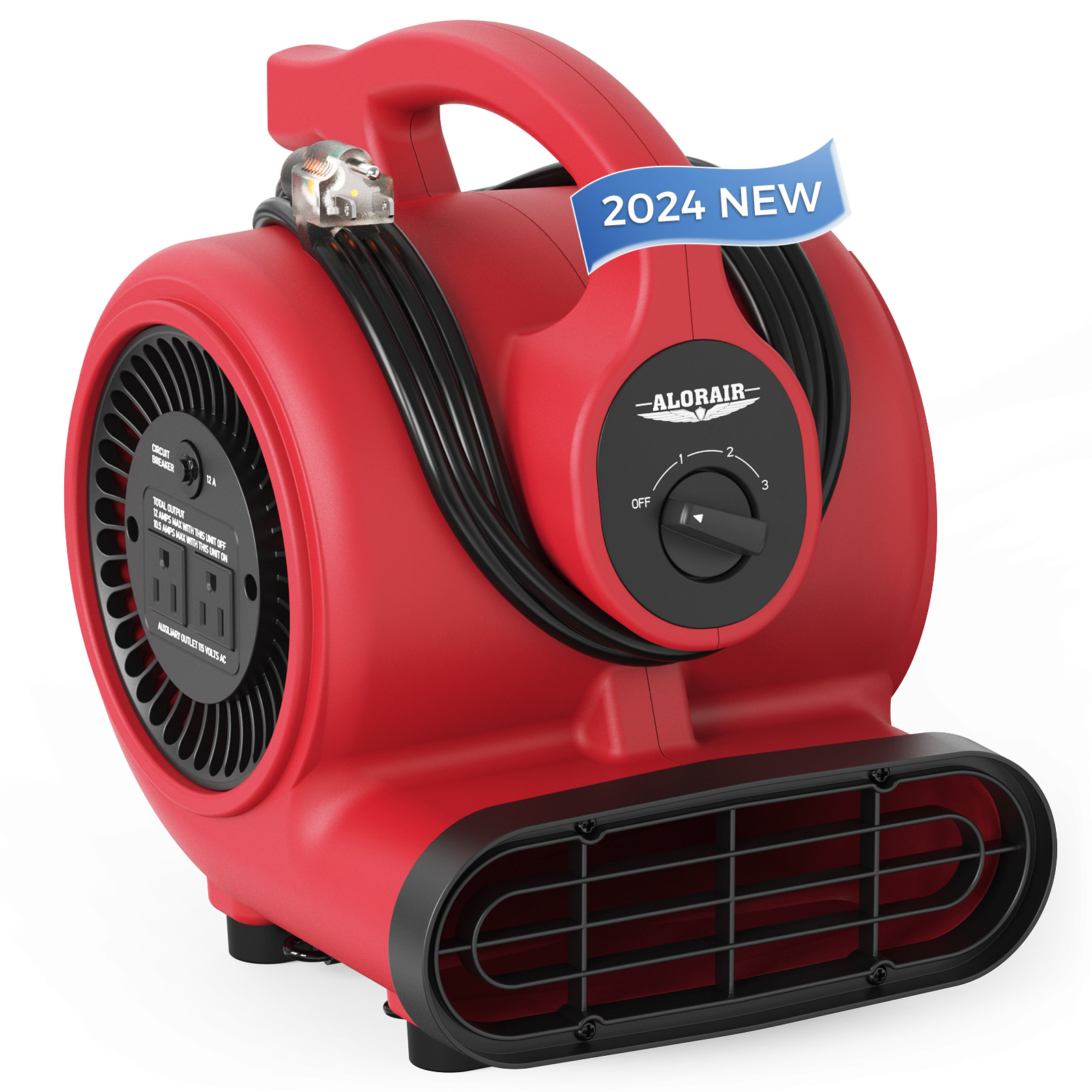
.jpg)
.jpg)
.jpg)
.jpg)
.jpg)
.jpg)
.jpg)
.jpg)
.jpg)
.jpg)
.jpg)
.jpg)
.jpg)
.jpg)





.jpg)
.jpg)
















-.jpg)
.jpg)

.jpg)
.jpg)



























 Exclusive offers
promotions
Exclusive offers
promotions

